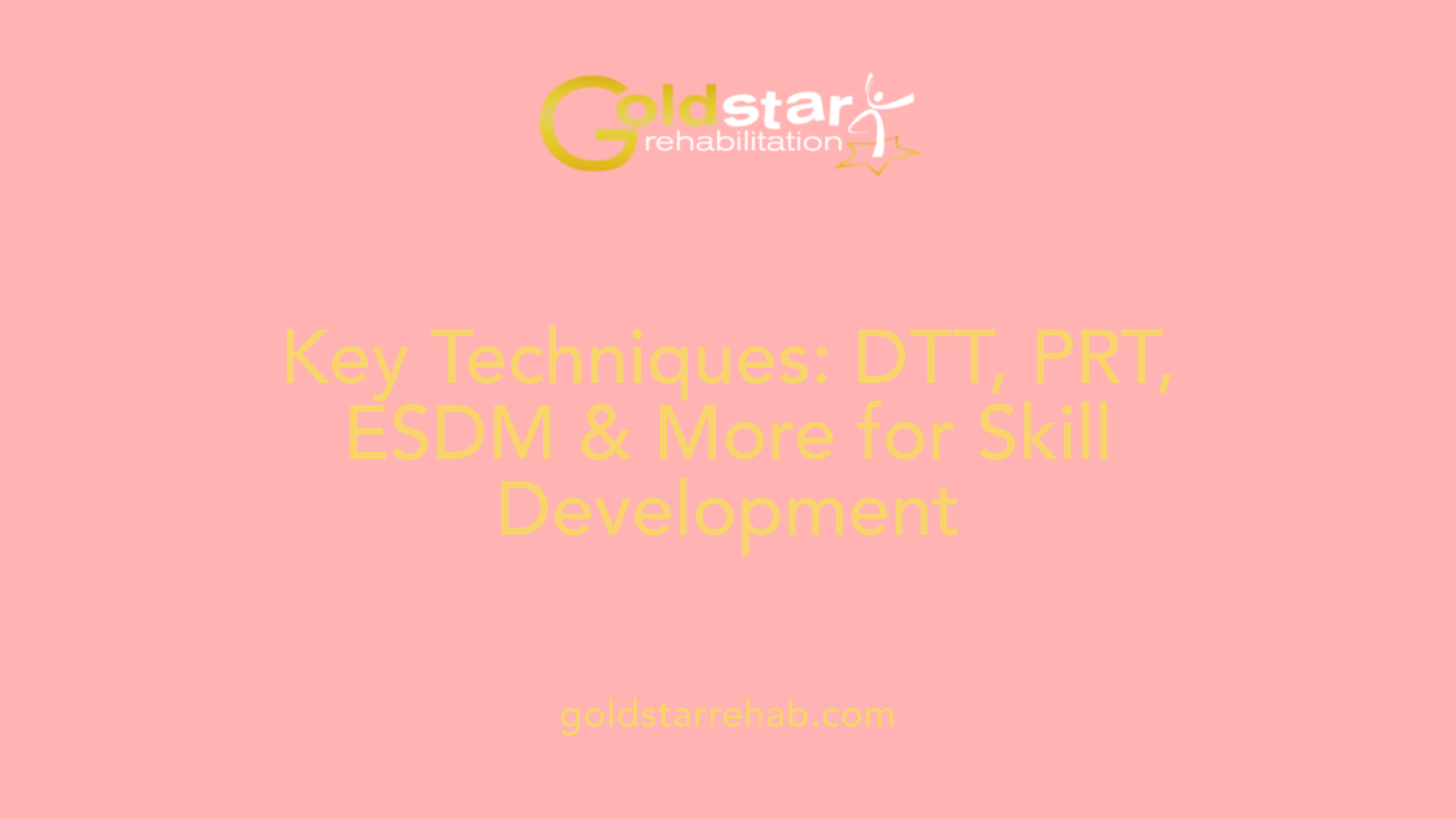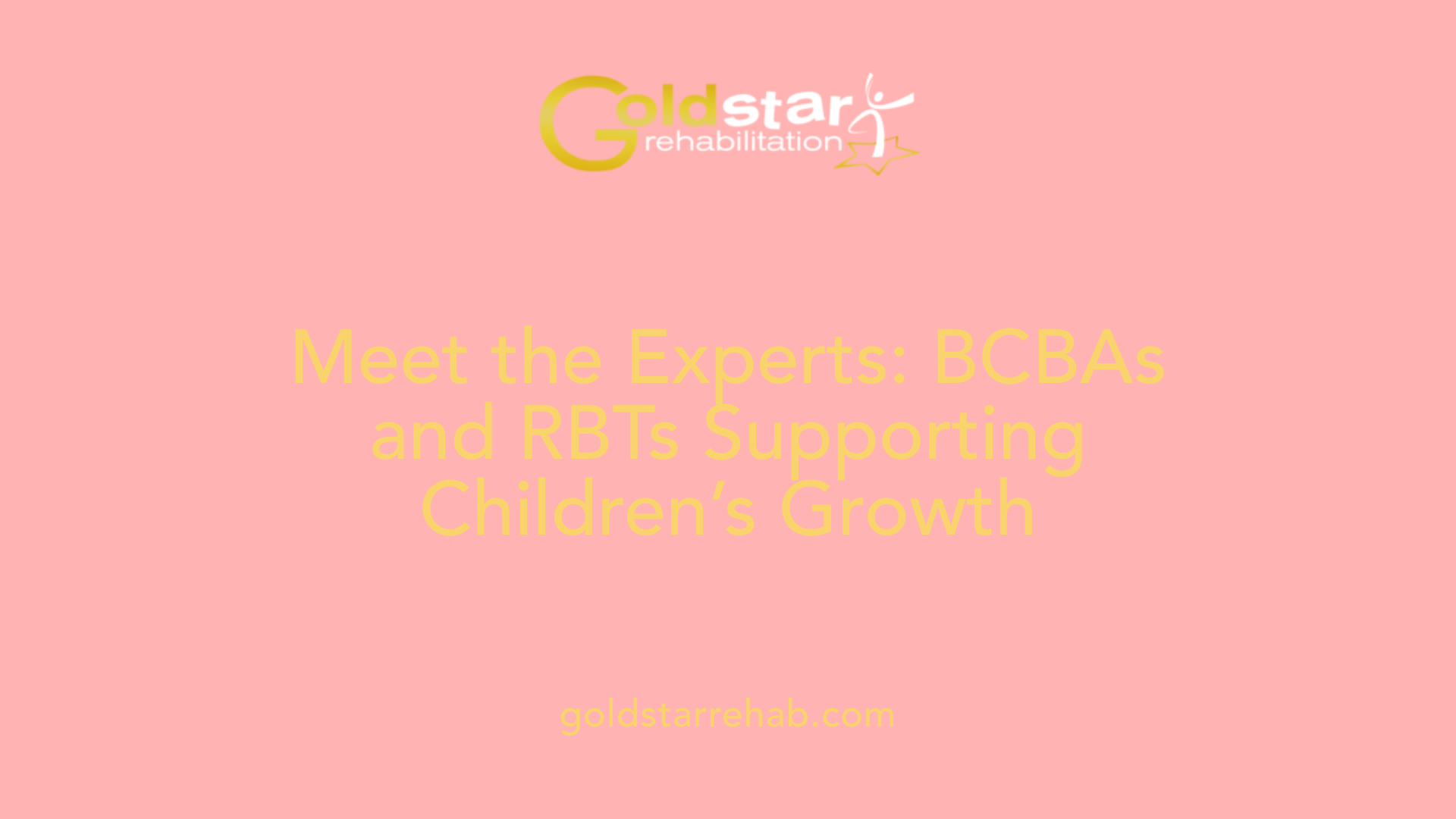ABA Therapy for Autism Skill Programs
Transforming Lives with Evidence-Based Autism Interventions
Table of Contents
Understanding ABA and Its Role in Autism Treatment
Applied Behavior Analysis (ABA) is a research-supported behavioral therapy that has revolutionized autism intervention. Grounded in the science of learning and behavior, ABA systematically teaches children with autism essential skills while reducing problematic behaviors. Its utilization across various settings—from homes and schools to community centers—has shown significant promise in enhancing developmental outcomes.
Fundamental Principles and Techniques of ABA

What is ABA therapy and how does it work for children with autism?
Applied Behavior Analysis (ABA) is a scientifically supported approach used to help children with autism develop essential skills and decrease problematic behaviors. It operates on understanding how behavior is influenced by environmental factors, using the ABC framework — antecedents, behaviors, and consequences — to analyze and modify actions.
ABA programs are tailored to each child's needs, created by trained professionals such as Board-Certified Behavior Analysts (BCBAs). They often involve breaking skills into small, manageable steps and rewarding progress through positive reinforcement. The therapy can target communication, social skills, self-care, academics, and motor abilities. It is often delivered intensively over extended periods, with the goal of promoting meaningful improvements.
Extensive research supports ABA's effectiveness, showing significant benefits in language development, cognitive functioning, and daily activities. The therapy aims not only to teach skills but also to improve the child's ability to participate actively in society, fostering greater independence.
Historical Development and Recognition of ABA

What is the history and evolution of ABA therapy?
Applied Behavior Analysis (ABA) therapy has its origins in the 1960s, developed through the pioneering work of B.F. Skinner and other behavioral scientists. Skinner's principles of operant conditioning laid the foundation for ABA, focusing on how behaviors can be learned and modified through reinforcement and environmental manipulations.
Initially, ABA programs employed highly structured methods such as Discrete Trial Training (DTT), emphasizing teacher-led, one-on-one teaching. These early approaches aimed at teaching basic skills needed for communication, social interaction, and daily living.
Over the years, the field has seen significant evolution. Researchers and practitioners have integrated more naturalistic, play-based, and family-centered strategies. These newer methods, such as Pivotal Response Treatment (PRT) and the Early Start Denver Model (ESDM), focus on making learning engaging and more closely aligned with natural environments.
This shift reflects a deeper understanding that individualized, flexible approaches can be more effective and ethical. The emphasis has moved towards teaching functional behaviors that support independence and participation rather than mere behavioral normalization.
In recent decades, scientific research has robustly supported ABA's effectiveness. Over 20 studies have demonstrated improvements in many areas such as language, social skills, and adaptive behavior in children with autism.
Recognized as an evidence-based treatment, ABA's credibility has grown markedly. In 2007, the US Surgeon General and the American Psychological Association officially endorsed ABA as the best practice for autism spectrum disorder treatment.
Today, ABA continues to develop through ongoing research, integrating contemporary insights and technological advances. The focus remains on delivering personalized interventions that emphasize ethical, effective, and family-focused care—an approach that adapts to each individual's unique needs and strengths.
Core Components and Structure of ABA Programs

What are the different structures and implementation strategies of ABA programs?
ABA programs are designed to be highly customizable, intensive, and data-driven. They typically start with a comprehensive assessment conducted by a qualified professional, often a Board Certified Behavior Analyst (BCBA). This assessment helps identify the child's strengths, challenges, and specific skill gaps.
Following assessment, the BCBA sets measurable goals tailored to the child's individual needs. These goals focus on improving communication, social skills, daily living skills, and reducing problematic behaviors.
The core of ABA intervention involves systematic teaching strategies that are implemented across various settings, such as home, school, and community environments. The programs utilize multiple techniques, including reinforcement (positive and negative), prompting, fading, behavior chaining, modeling, and redirection.
One of the most foundational methods is Discrete Trial Training (DTT), which involves breaking tasks into small, manageable steps, delivering clear instructions, and reinforcing correct responses. Other approaches like Pivotal Response Treatment (PRT) integrate play and natural reinforcement to promote spontaneous social and communication skills.
The Early Start Denver Model (ESDM) combines play-based, naturalistic teaching with traditional ABA techniques, especially effective for young children.
ABA programs also incorporate structured activities like task analysis, which involves analyzing complex skills into smaller, teachable parts. This helps children learn sequentially and build on previous skills.
Assessment and goal setting
Assessment is crucial to establishing individualized treatment plans. BCBAs observe and measure current behaviors, communication, and learning skills, which guide goal development. Goals are specific, measurable, attainable, relevant, and time-bound (SMART), ensuring progress can be accurately tracked.
Individualized treatment plans
Each plan is tailored to the child's unique profile. It specifies target skills, preferred reinforcement strategies, session frequency, and intervention methods. Progress is monitored regularly, and the plan is adjusted based on ongoing data collection.
Data collection and progress monitoring
Data collection is integral to ABA. Practitioners document each session meticulously, recording responses, behaviors, and the contextual factors affecting the child's learning. This data informs decisions about modifying goals or strategies to maximize effectiveness.
Implementation of ABA strategies like DTT, PRT, ESDM
These strategies are employed based on the child's needs and the specific skills targeted. DTT involves structured, adult-led teaching, while PRT leverages child's interests to promote motivation. ESDM, on the other hand, combines natural play with ABA techniques to foster spontaneous communication and social skills.
The overall structure of ABA programs is flexible, allowing practitioners to blend different techniques and tailor interventions. This adaptability ensures that each child receives personalized support that promotes meaningful, lasting change in their behaviors and skills.
| Component | Description | Typical Techniques or Strategies | Benefits |
|---|---|---|---|
| Assessment & Goal Setting | Identifies child's strengths and needs | Behavior observation, skill assessments | Guides personalized plans |
| Individualized Plans | Tailored to each child's profile | SMART goals, tailored interventions | Enhances engagement |
| Data Collection & Monitoring | Tracks progress over time | Frequency logs, response recording | Ensures data-driven decisions |
| Implementation Strategies | Various teaching methods | DTT, PRT, ESDM, chaining | Promotes skill acquisition and behavior change |
| Settings | Home, school, community, telehealth | All environments where child learns | Generalizes skills in different contexts |
ABA programs thrive on flexibility, individualized approaches, and ongoing data analysis. The integration of diverse strategies allows practitioners to adapt to each child's evolving needs, ensuring the most effective pathway to development.
Role of Professionals in ABA Therapy

Who are the main professionals involved in ABA therapy?
ABA therapy relies heavily on a team of trained specialists to ensure effective and ethical treatment. The central figures include Board Certified Behavior Analysts (BCBAs) and Registered Behavior Technicians (RBTs). BCBAs are highly qualified professionals responsible for assessing each child's needs, designing personalized treatment plans, and overseeing the overall therapy process. Their role is to analyze data, adjust goals as needed, and ensure therapy is aligned with evidence-based practices.
RBTs support this process by implementing the therapy plans directly with children. They conduct sessions, engage children in structured activities, and collect critical data on behavior and progress. This collaborative team dynamic helps maintain consistency, scientific rigor, and a personalized approach tailored to each child's unique abilities.
How are ABA programs tailored to individual needs?
Every child that undergoes ABA therapy receives a customized program developed through detailed assessments. BCBAs evaluate the child's current skills, challenges, and interests, along with environmental factors such as home or school settings. Using this information, they create specific, measurable goals that focus on improving communication, social skills, daily living, and reducing harmful behaviors.
Tailoring the program isn't a one-time event. BCBAs continuously monitor progress through regular data collection. This ongoing assessment allows them to modify strategies, making the therapy highly adaptable to the child's evolving needs. Families are also involved throughout the process, offering valuable insights and ensuring that interventions are relevant and practical in daily life.
Supervision and program design
Supervision is a cornerstone of effective ABA therapy. BCBAs oversee the entire program, providing guidance, training, and quality control for RBTs. They ensure that interventions adhere to research-based standards and are ethically sound.
Program design involves breaking skills into small, manageable steps, often using techniques like Discrete Trial Training (DTT) or naturalistic methods such as Pivotal Response Treatment (PRT). The therapist team carefully sequences learning opportunities and reinforces progress appropriately.
Supervision also involves regular meetings to review collected data, discuss challenges, and plan next steps. This structured oversight guarantees consistency and allows therapists to adapt quickly to the child's changing needs.
Data analysis and progress tracking methods
Central to ABA is rigorous data collection. RBTs record detailed observations during therapy sessions, noting behaviors, responses, and levels of assistance. This data is then analyzed by BCBAs to evaluate the effectiveness of specific strategies.
Using quantitative metrics, BCBAs assess whether the child is meeting targeted goals. They plot progress on graphs, look for patterns, and identify areas needing adjustment.
This data-driven approach ensures that every step of intervention is based on concrete evidence rather than assumptions. Ongoing tracking and analysis enable the team to refine programs swiftly, optimizing outcomes and promoting continuous growth.
| Aspect | Description | Importance |
|---|---|---|
| Professionals involved | BCBAs design and oversee; RBTs implement | Ensures expertise, consistency, and ethical practice |
| Program customization | Based on assessments, interests, and environment | Tailors interventions for maximum relevance |
| Supervision | Regular oversight by BCBAs | Maintains quality and fidelity of therapy |
| Data collection | Recording behaviors and responses | Provides objective measures of progress |
| Data analysis | Evaluating progress through graphs and patterns | Guides program adjustments and goal setting |
In summary, the roles of professionals in ABA therapy are vital for delivering effective, personalized care. Their combined expertise in assessment, supervision, and data analysis creates a structured environment where children can build skills and reduce challenging behaviors, fostering greater independence and participation in society.
Long-term Outcomes and Impact of ABA Therapy
What is the impact of early intensive ABA therapy?
Starting ABA therapy at a young age, typically between 2 and 4 years old, can have profound effects on a child's development. When provided intensively — generally around 25 to 40 hours each week for one to three years — the therapy can significantly boost communication, social skills, and adaptive behaviors.
These early interventions leverage the brain's neuroplasticity during critical developmental windows, enabling children to learn and grow more effectively. With consistent and structured support, children often demonstrate large improvements in their ability to communicate and interact.
One notable benefit is the reduction in dependence on future special services. For many children, early, intensive ABA helps them acquire foundational skills that lessen the need for additional therapies or support later in life.
Furthermore, early intervention sets a solid groundwork for independence. Children who participate in such programs are more likely to develop self-help skills, participate actively in social environments, and facilitate smoother transitions into mainstream educational settings and eventually adulthood.
Empowering Individuals through Personalized, Evidence-Based Care
ABA therapy remains a cornerstone of autism intervention, offering a structured yet adaptable approach grounded in scientific evidence. Its focus on individualized skill-building, behavior modification, and family involvement has transformed countless lives. As research continues to evolve, so too does the philosophy of contemporary ABA, emphasizing ethical, person-centered practices that respect neurodiversity while promoting functional independence. For families seeking effective solutions, accessing qualified ABA providers and resources ensures children with autism have the opportunity to reach their full potential and participate meaningfully in society.
References
- Applied Behavior Analysis (ABA) | Autism Speaks
- Applied Behavior Analysis (ABA) - Cleveland Clinic
- ABA Therapy: Autism Therapy for Your Child - LEARN Behavioral
- Applied Behavior Analysis (ABA) for Children With Autism
- The Controversy Around ABA - Child Mind Institute
- Comprehensive ABA Therapy Programs for Autism - All Star ABA
- Is ABA Therapy Only for Autism? - Applied Behavior Analysis Degrees
- Applied Behavior Analysis (ABA) | Autism Speaks
- Debunking 7 Common Myths About ABA Therapy - GSEP Blog
.png)








%20(1).jpg)




.jpg)





.jpg)

.jpg)











